|
The Courtauld is one of my favourite London Galleries. You have to pay to enter but it is totally worth it. It nestles in the arch that leads into Somerset House (incidentally the coffee at the Watch House in the courtyard is amazing). I was in London the other week so had booked myself to go along and see the Van Gogh self portrait exhibition. The Courtauld has been closed while it undergoes a revamp, so this was also an opportunity to see the renovated space. They were both well worth it. The renovation has been very well done. The basement vaults have been opened up to form a free locker space and a large and well stocked shop. I remember the walls being red but they are now a creamy grey, which makes the pictures easier to see. The pictures themselves are also better arranged. I ascended to the top floor first to view the Van Gogh self portrait show. It is I am afraid to say already finished so you have missed it. It was quite a small show, over a couple of rooms but the quality is very good. You may have seen my thoughts on the Bacon show. My reaction to this one was very different. Whereas with Bacon I couldn’t wait to get out, with this show I didn’t want to leave and circulated around the rooms several times. You can see the development of his style and as more colour and more radical use of colour, with a particularly mad one where he looks like and angry acid trip of a hedgehog. It uses the swirling vortex style of painting that would be made famous by Stary night. He doesn’t look like a happy man. People often don’t in self portraits as the act of painting yourself means you often adopt a concentrated and earnest facial expression. This is because you are being concentrated and earnest. Rarely do you see self portraits where people look actively happy. Maybe its because we know what happened to Van Gogh but he does seem particularly mournfull. One painting with its deep blue background and his, hard determined stare seemed especially powerful to me. The curator of the Courtauld was in the gallery showing some people round and explained that in many of the paintings, the paint had faded, particularly the red paints which was less stable, leaving a much plainer painting. I tagged along behind, shamelessly earwigging. It was very interesting. Once you know this , you then look at some of the paintings, like this self portrait with what now appear to be quite a bland background with just odd splotches of red, and wonder what it would have looked like in its first condition. My favourite painting though was Van Gogh’s stool. Stretches the self portrait things but it is an excellent painting. The vibrant colours, the odd perspective and the empty and loneliness of the scene are quite evocative. The exhibition takes you through various stages of Van Gogh life, before during and after his stay in mental hospital. While the subject and events depicted are quite painful, they are not made horrible. There is a humanity and, because of the colour scheme a strange joy which makes them engaging. Sadly you can see none of this as the exhibition is now over. Sorry about that I meant to write this up much sooner. However there is an Munch exhibition which looks good and if you haven’t seen it yet the rest of the refurbished Courtauld is well worth a look. I have written about the Courtauld itself before. Refurbs of museums can often be for the worse but not this time. It looks, feels and is much better. There seems to be more space. The paintings seem to be less cluttered and have room to breathe. The red wall scheme has gone to be replaced by a pale creamy grey in which, frankly, the art sits much better. The Courtauld itself is blessed with some fairly spectacular ceiling frescos and these are still in place, and presumably have been restored. The basement has been opened up into the arches to provide free locker space and a very nice, cosy shop with really quite expensive stuff in it. Good stuff but expensive. I won’t write here again about the classics of the Courtauld. They have a large impressionists collection which is well worth seeing if you haven’t already. Instead I shall concentrate on the new work that was on display. Oskar Kokoscha was new to me and there was a room dedicated to his art. I suspect that this might be a room where the subject changes from time to time. I really liked his stuff though. There was an enormous triptych up on the wall depicted mythical scenes. I liked the brightness of it and the fluid and indistinct nature of the painting which are set off by these sort of scratchy lines that move throughout the painting. His style works particularly well for coastal landscapes and there was a nice jagged rocky bay, with two angry seagulls in the foreground that I liked.
The main change is to the medieval room, with its grumpy icons. This used to sit on the ground floor and felt slightly like and after-thought. It has been moved up a floor, and been given a bigger space in which it is better presented. The Islamic silver here is quite something, but my favourite is a grumpy saint, sitting in his gold background.
Go, have a look for yourself. And well done to the Courtauld and all those involved in its refurbishment.
0 Comments
The tides of life have washed me up onto the shores of Oxfordshire and as such, shows I would have previously discounted are now accessible. The Ashmolean is a museum I think I last attended about the age of 13 on a school trip. I was drawn there again more recently by the Pissarro show. I am quite a fan of Pissarro but what I hadn’t clocked until this show is that are in fact two of them, father (Camille the subject of this show) and son (Lucien). Well there are two famous ones anyway. Lucien I had previously encountered as he lived in London and I had greatly admired his pictures of Kew Garden which had been shown at the Tate, but until now they had all just been lumped into my head under Pissarro. Some of junior’s work is here, as is work by other of the children including a very charming sketch by George his dad with all the famous artists of the day, Cezanne (etc - see above). But the focus of the show is dad, Camille. Someone more French looking than Camille Pissaroo it is hard to imagine with his beret and great big bushy beard (see the self portrait at the top of the blog). He sired a large family and an equally large painting family. Sometimes with shows like this the other artists work are shoe-horned in a little under the heading of – inspired by. In this one there is much more direct relevance in that Pissarro often directly mentored, or painted with them. There is one very revealing pair of paintings where Pissarro and Cezanne paint the same view, at the same time. That was quite a striking thing to see. It is interesting to see in which there styles are different, and the way in which they are similar. Cezanne does the better trees in my view. There are a number of examples of things in a similar vein snow scene by Pissarro and Monet for example. The Pissarro paintings themselves are pretty spectacular. One of my favourites is a portrait of his wife, which is very closed off and intimate and seems to radiate love. Pissarro seems to be a rare example of an Impressionist with a stable family life. He had a large brood (including the aforementioned Lucien) most of whom became artists. And as previously mentioned he acted as mentor to many of the impressionists themselves. I have to say I envy this station. I would like to have acolytes. I guess well all would. He encouraged his children to paint and draw and they produced annual albums together some of which are on display. It is in this context that another one of my favourite paintings really backs a punch. It is a portrait of one of his daughters. In the painting she has short hair because she has a fever and they are trying to keep her cool. She did not survive the fever and died aged 11. The painting seems to have a sad mournful quality anyway, but once you know this and look at the painting again it really hits you in the gut. A theme I go on and on about is labelling of an exhibition. In this one they don’t tell you what to make of the painting. They do tell you the context though, and this alone can radically change how I at least perceive a painting. I always like to play with this by looking at a painting, reading the label and then looking back. History is fine, what the artist is trying to achieve is also fine. What the curator thinks it all means is not. The exhibition explores Pissarro’s main subjects of rural life, and rural working people. These scenes in his hands take on an idyllic quality. I particularly like the fishmarket with it’s bustle of people. Like many impressionist paintings there is a dreamy quality to Pissarro’s work, particularly his where the border between different subjects and the background of the painting is often blurred or indistinct, marked by colour and tone rather than by a hard line. The exhibition goes on to explore his pointillism phase, where he produced again some wonderful rural scenes but abandoned due to the fact he find it to time consuming and constraining. It is a strange thing to observe those how these little dots of contrasting colours can merge to form a consistent image, of a very different colour.
The finest piece in the show cannot be pictured here. It had a “no photo” sign next to it. It is of a Paris bridge at dusk with the lamps lit and the lights of the carriages and the buildings flaring. All orange and dark. I loved it. I suspect you will too so go and have a look. You have until the 12th June 2022 to do so. |
Archives
June 2024
Categories |
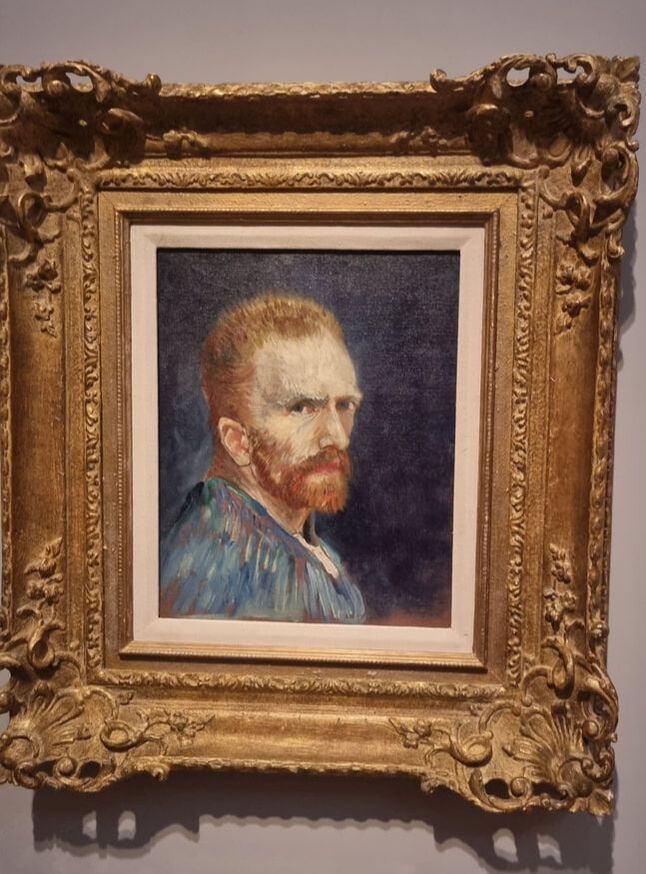
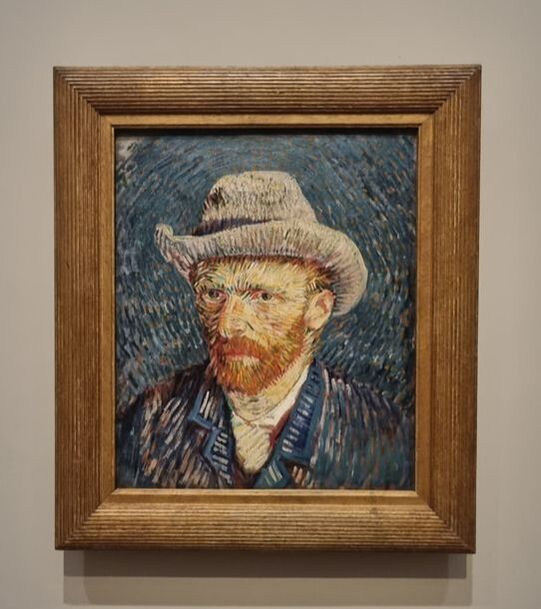

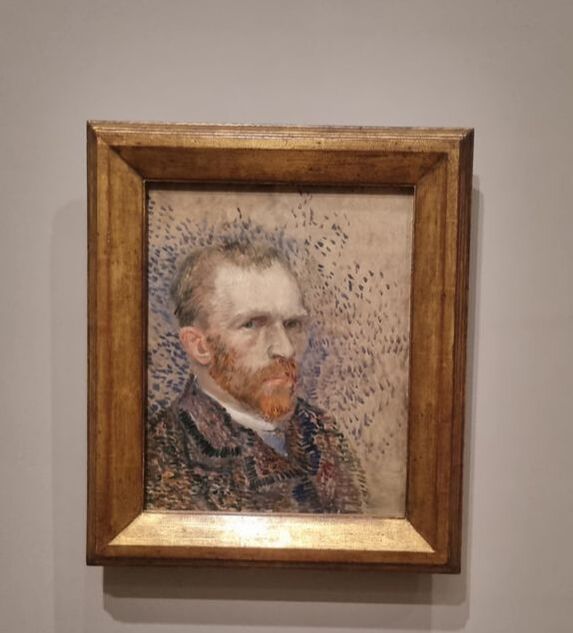
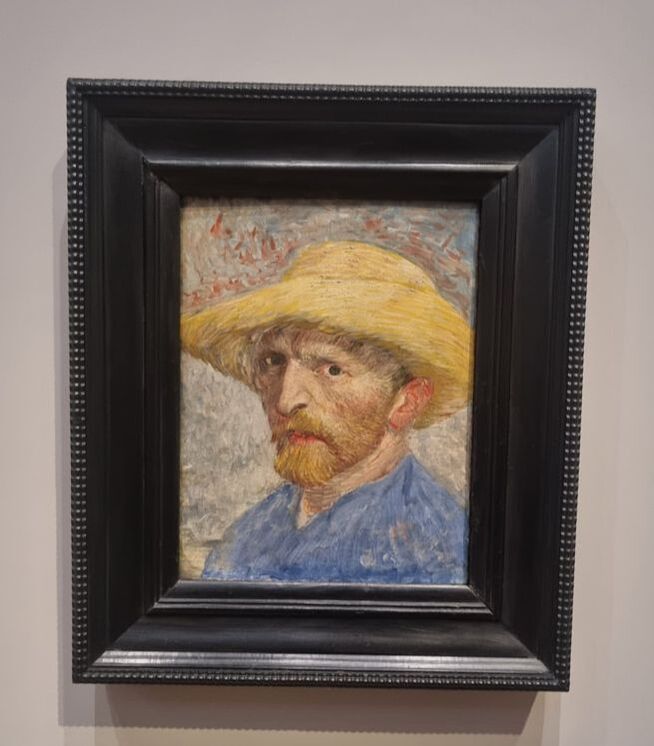
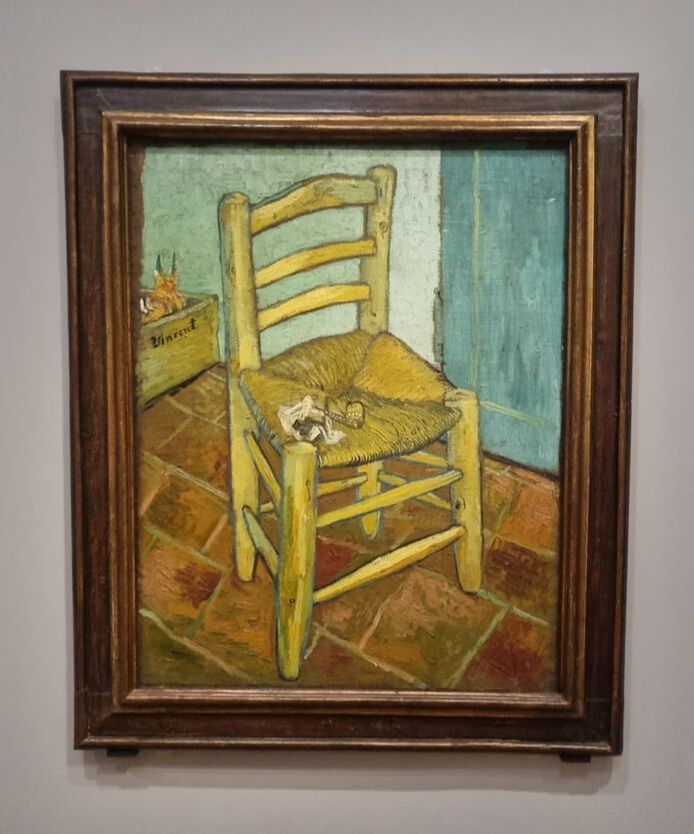



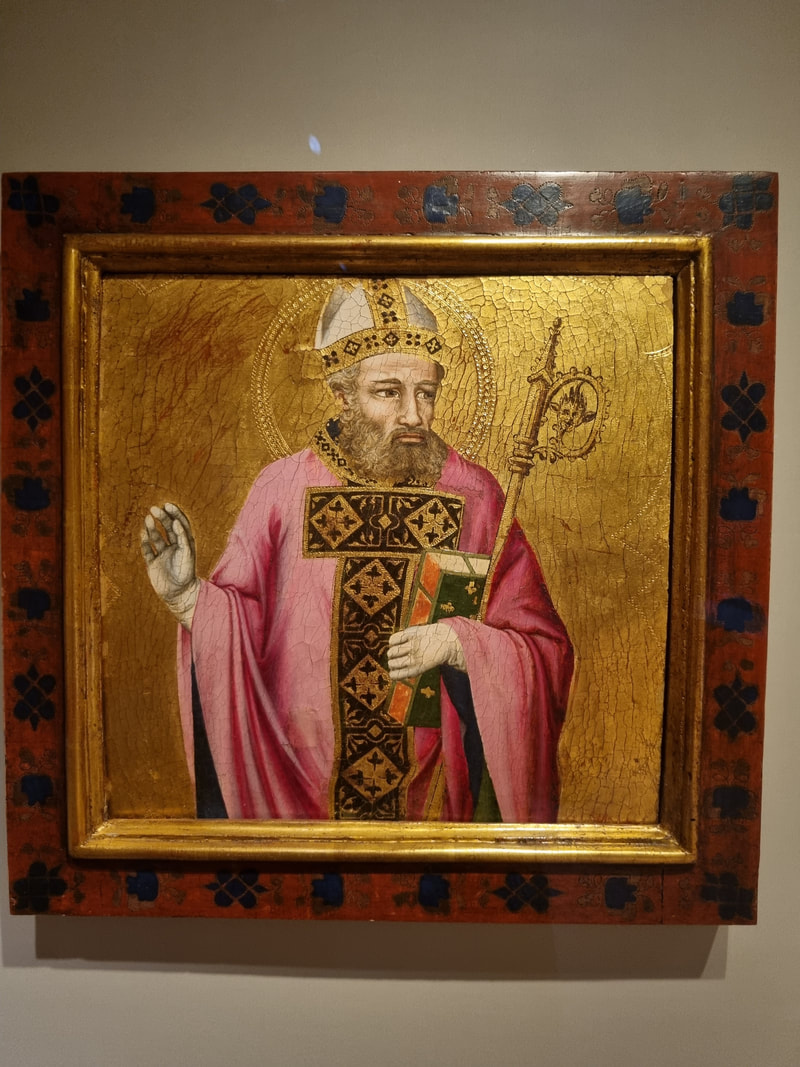

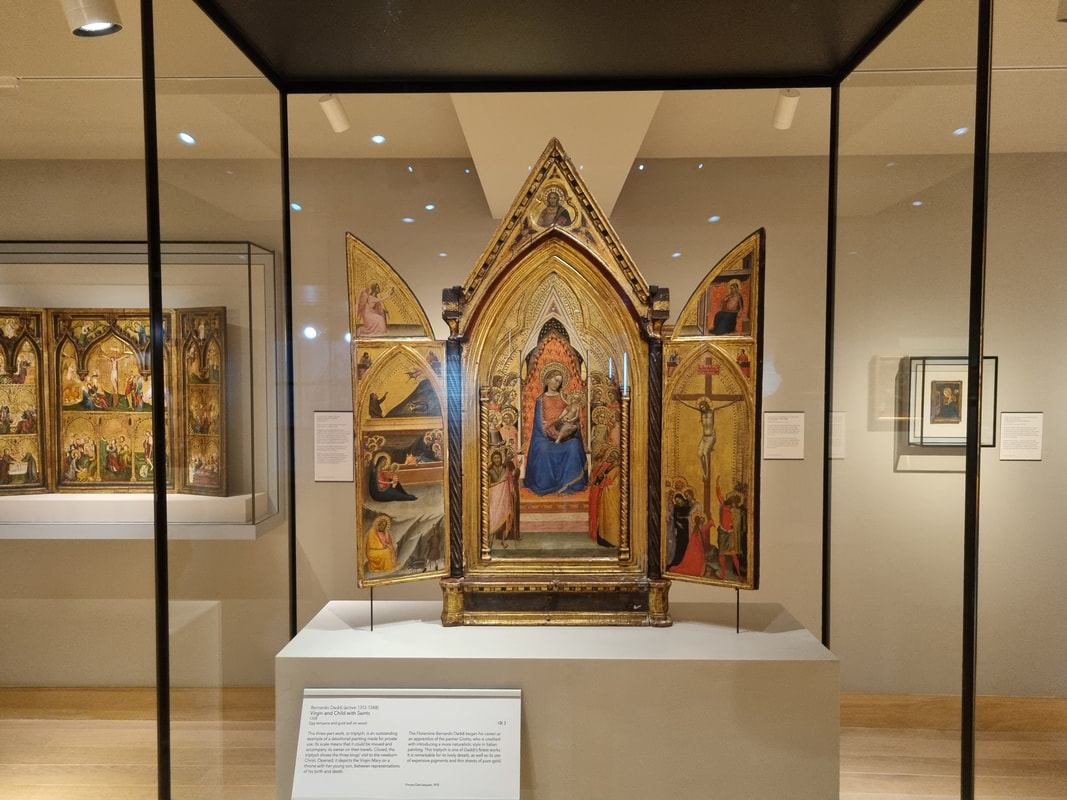
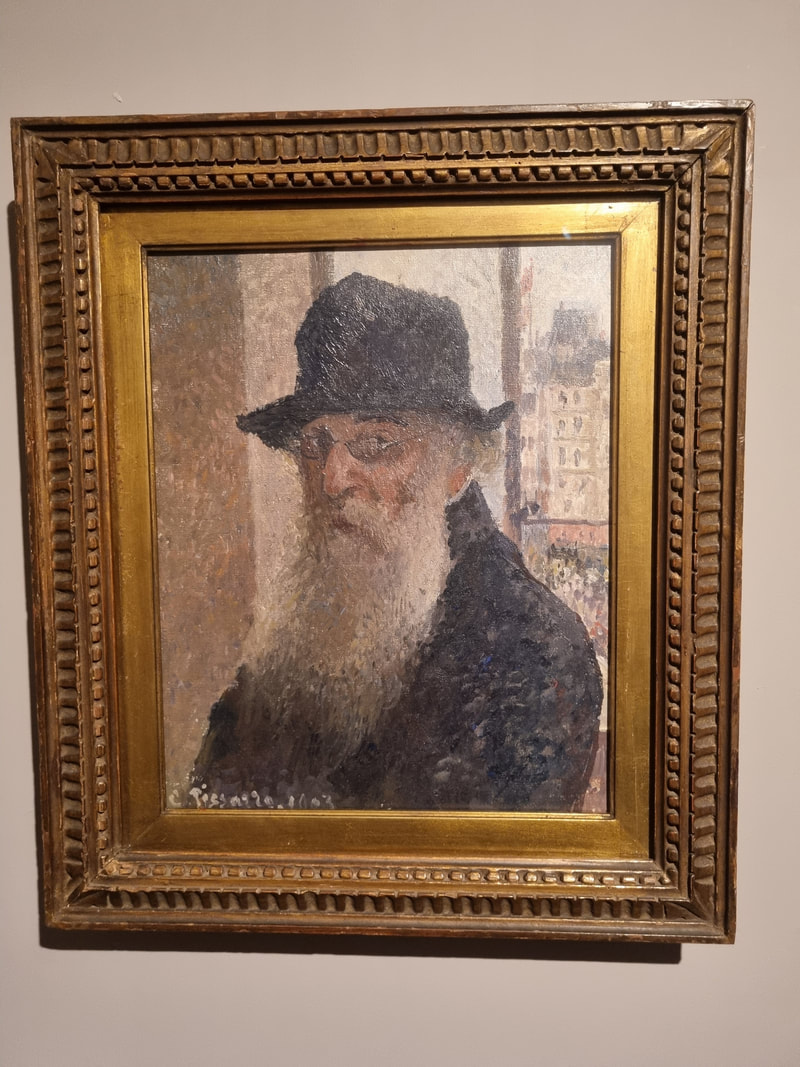
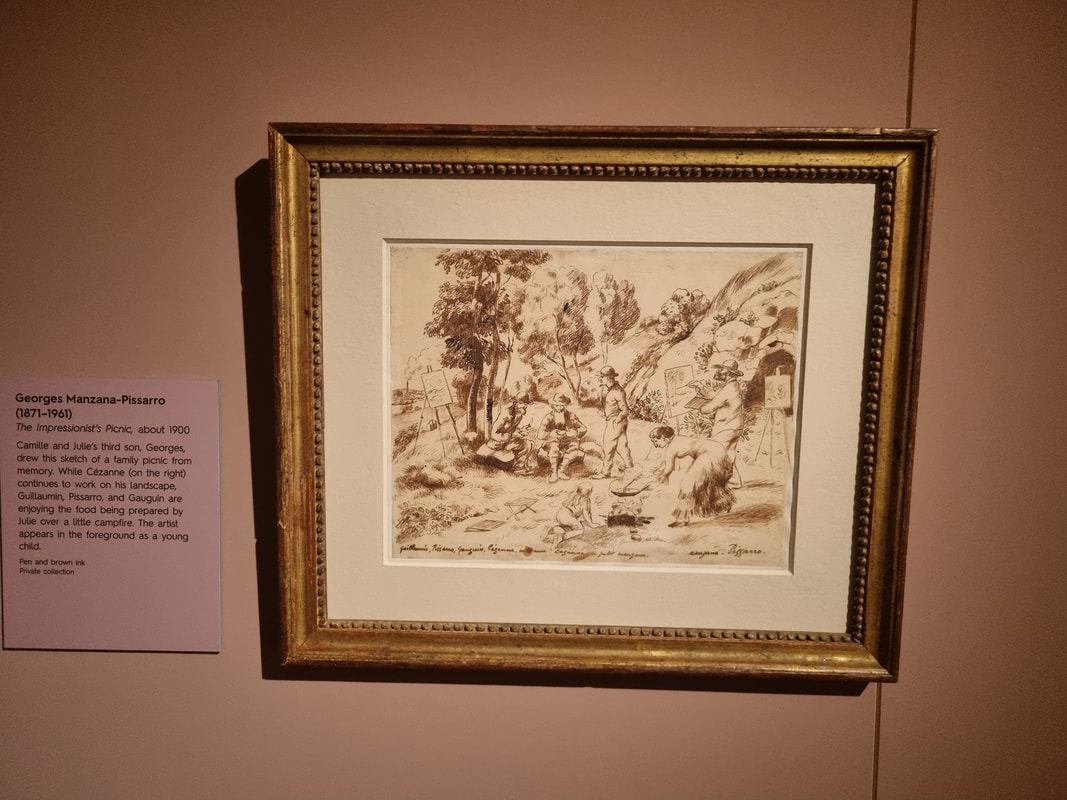
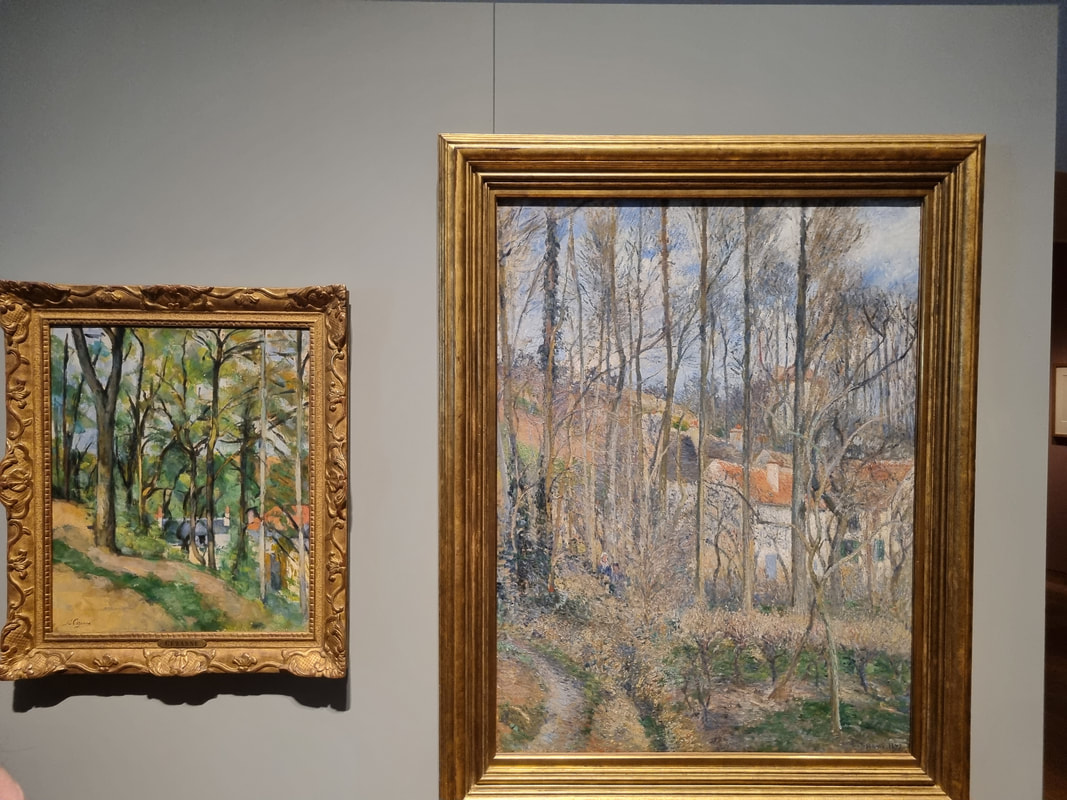
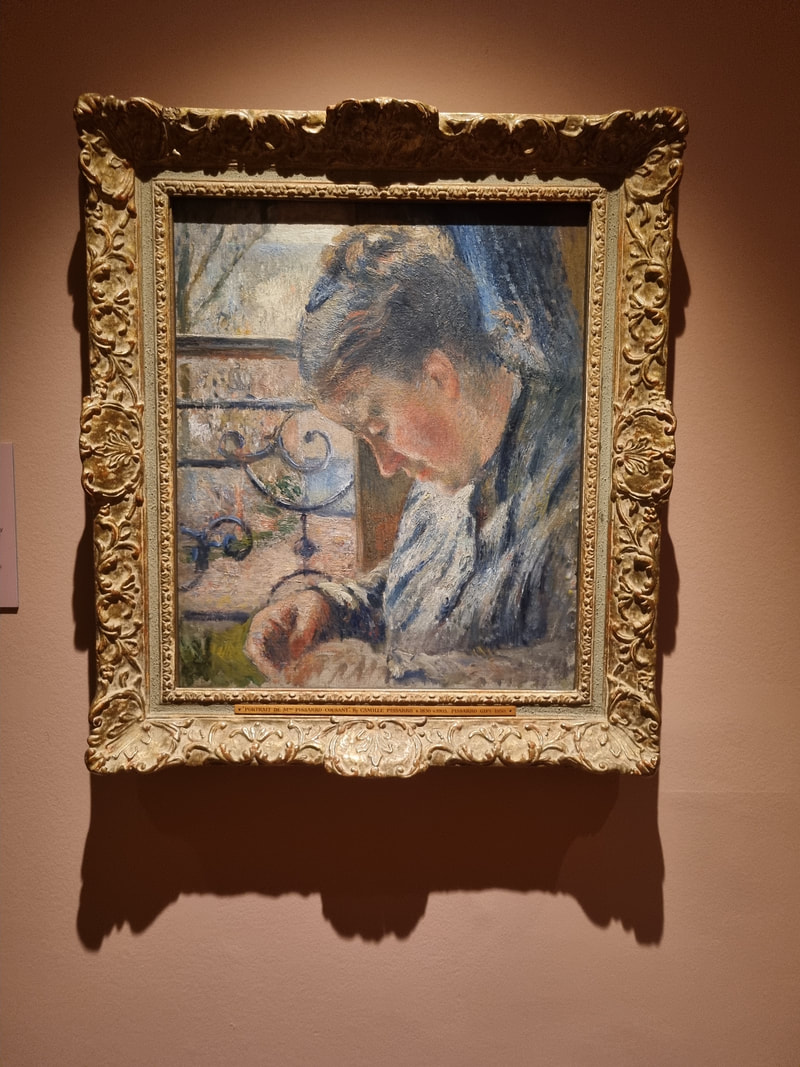
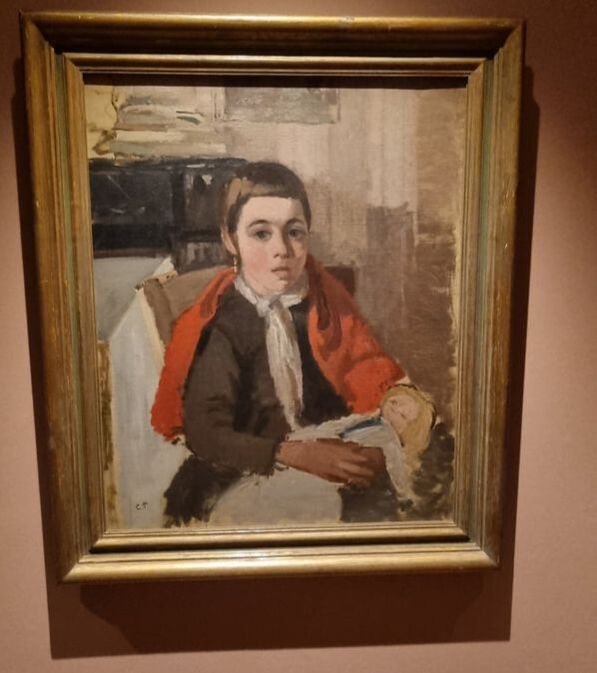


 RSS Feed
RSS Feed